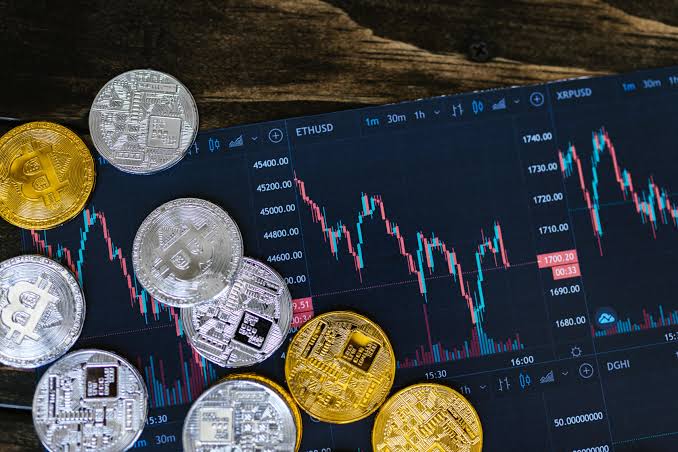The cryptocurrency market has evolved into a dynamic ecosystem, offering a plethora of investment opportunities. Selecting the right crypto asset requires a thoughtful approach, considering various factors to mitigate risks and optimize returns. This essay delves into the key considerations when choosing a crypto asset for investment.

- Research and Due Diligence:
Before diving into the crypto market, thorough research is imperative. Explore the underlying technology, use case, and whitepaper of a given project. Assess the credibility of the development team and the project’s community support. Understanding the fundamentals is crucial to making informed investment decisions.
- Established Assets vs. Emerging Projects:
Established cryptocurrencies like Bitcoin and Ethereum often serve as cornerstones for investment portfolios, providing stability and liquidity. On the other hand, emerging projects may offer higher growth potential but come with increased risk. Balancing a portfolio with a mix of established and promising but less proven assets is a prudent strategy.
- Technological Innovation:
Evaluate the technological innovation behind a crypto asset. Projects with unique features, scalability, and real-world applications may have a competitive edge. Consider the potential for mass adoption and the scalability of the underlying blockchain technology.
- Team Expertise and Development:
A competent and experienced development team is a crucial aspect of a crypto project’s success. Investigate the team’s track record, past achievements, and their ability to deliver on the project’s roadmap. Regular updates and community engagement also reflect a project’s commitment to development.
- Community and Market Sentiment:
Community support plays a pivotal role in the success of a crypto project. Engage with the community through forums, social media, and other platforms to gauge sentiment. Positive community engagement often correlates with a project’s long-term viability.
- Regulatory Considerations:
Stay informed about the regulatory environment in the jurisdictions where the crypto assets operate. Regulatory developments can significantly impact the value and legality of certain assets. A clear understanding of compliance is essential for managing regulatory risks.
- Diversification:
Diversifying a crypto portfolio is a risk management strategy. Spreading investments across different assets helps mitigate the impact of a poor-performing asset. Striking a balance between established assets and high-risk/high-reward options can enhance overall portfolio resilience.
Selecting a crypto asset for investment is a multifaceted process that demands thorough research and consideration. By examining the project’s fundamentals, technological innovation, team expertise, community support, regulatory landscape, and maintaining a diversified portfolio, investors can navigate the crypto landscape with a more informed and strategic approach. As the crypto market continues to evolve, staying vigilant and adapting to changing conditions will be key to long-term success in the dynamic world of digital assets.
Now the wallet is available on the webpage of our TopologyCoin🪙